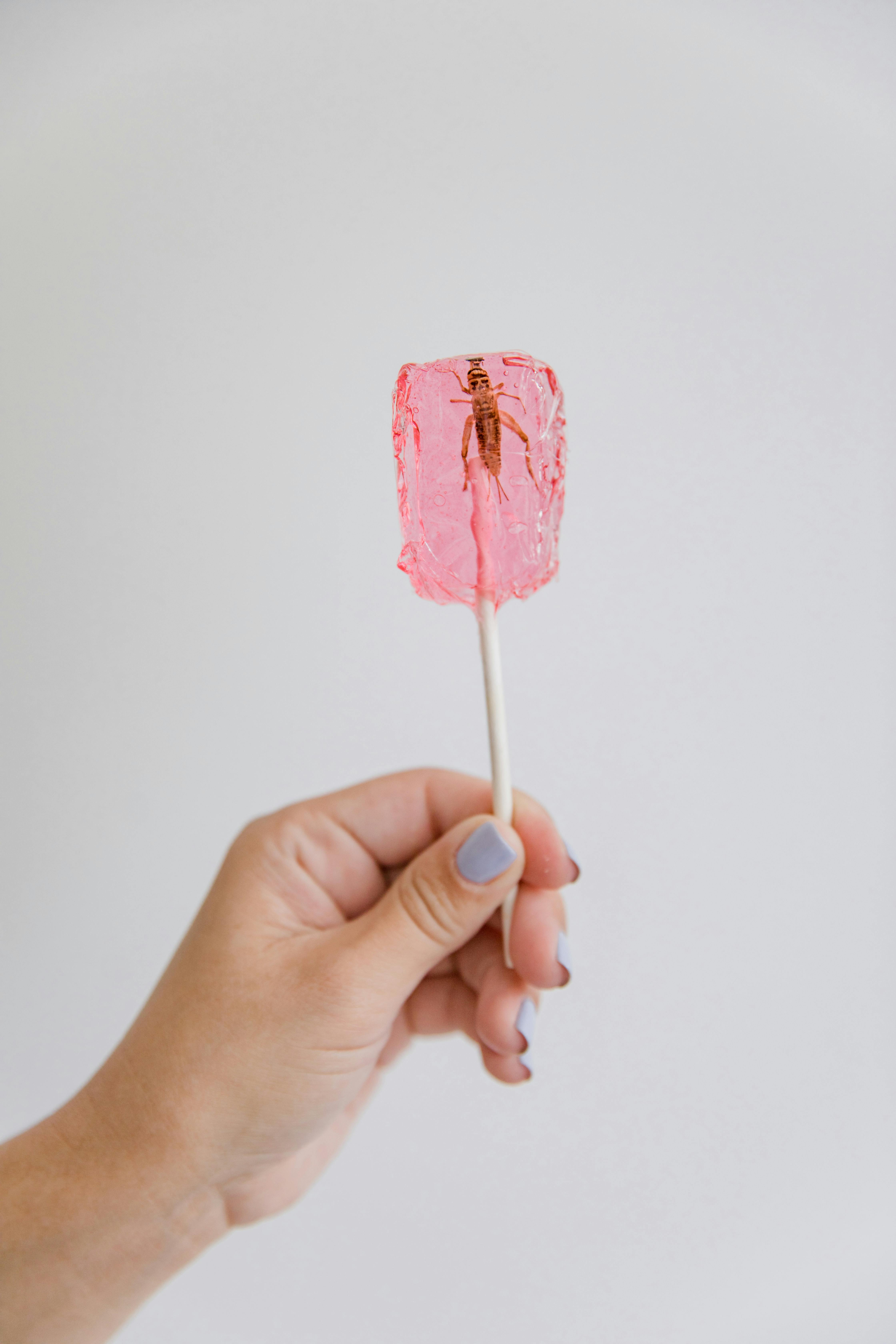Understanding the Key Role of Insects in Pet Nutrition
Introduction: Insects, often overlooked in the world of pet nutrition, are emerging as a critical dietary component for many pets. This article explores the role of insects in pet food, their nutritional benefits, and the recent trends in insect-based pet food industry.

The Backdrop: Historical Context of Insect Consumption
Insects have been a staple part of the diet for many animal and human cultures around the globe for centuries. The practice, known as entomophagy, has been prevalent in various regions, particularly in Asia, Africa, and Latin America. For pets, insects have always been a part of the natural diet for many species, especially reptiles, birds, and even some mammals. However, it’s only in recent years that insects have started to gain recognition as a potential source of nutrition in commercial pet food.
Insect Nutrition: Unveiling the Benefits
Insect-based pet foods are not just an alternative but a nutritionally-rich and sustainable choice. Packed with protein, insects like crickets, mealworms, and black soldier fly larvae offer essential amino acids. They also provide a rich source of vitamins, minerals, and fiber, contributing to overall pet health. Moreover, insects are hypoallergenic, making them a suitable choice for pets with specific dietary sensitivities.
The Current Buzz: Insect-Based Pet Food Industry
In recent years, the pet food industry has witnessed a significant shift towards more sustainable and novel protein sources, with insect-based products leading the charge. According to a report from Arcluster, the global insect-based pet food market is expected to reach $1 billion by 2025. This surge is driven by increasing pet ownership, rising demand for sustainable pet food options, and growing awareness about the nutritional benefits of insects.
Cost and Impact: The Market Dynamics
Insect-based pet foods, while offering many benefits, come with a higher price tag compared to traditional pet foods. The increased cost is due to the specialized farming and processing of insects. However, as the industry grows and economies of scale come into play, prices are expected to become more competitive. The introduction of insect-based pet foods also has a positive environmental impact, as insect farming requires less land, water, and emits fewer greenhouse gases compared to traditional livestock farming.
Future Prospects: Paving the Way Forward
While the insect-based pet food industry is still in its nascent stages, it holds immense potential for growth. As pet owners become more aware of the environmental impact of their choices and seek healthier alternatives for their pets, insects are likely to play a significant role in the future of pet nutrition.
In conclusion, the incorporation of insects into pet foods represents a significant shift in pet nutrition. Offering numerous health benefits and a sustainable alternative to traditional protein sources, insect-based pet foods are set to make a substantial impact on the pet food industry, paving the way for a greener, healthier future.






